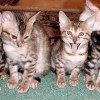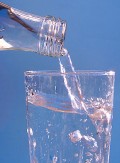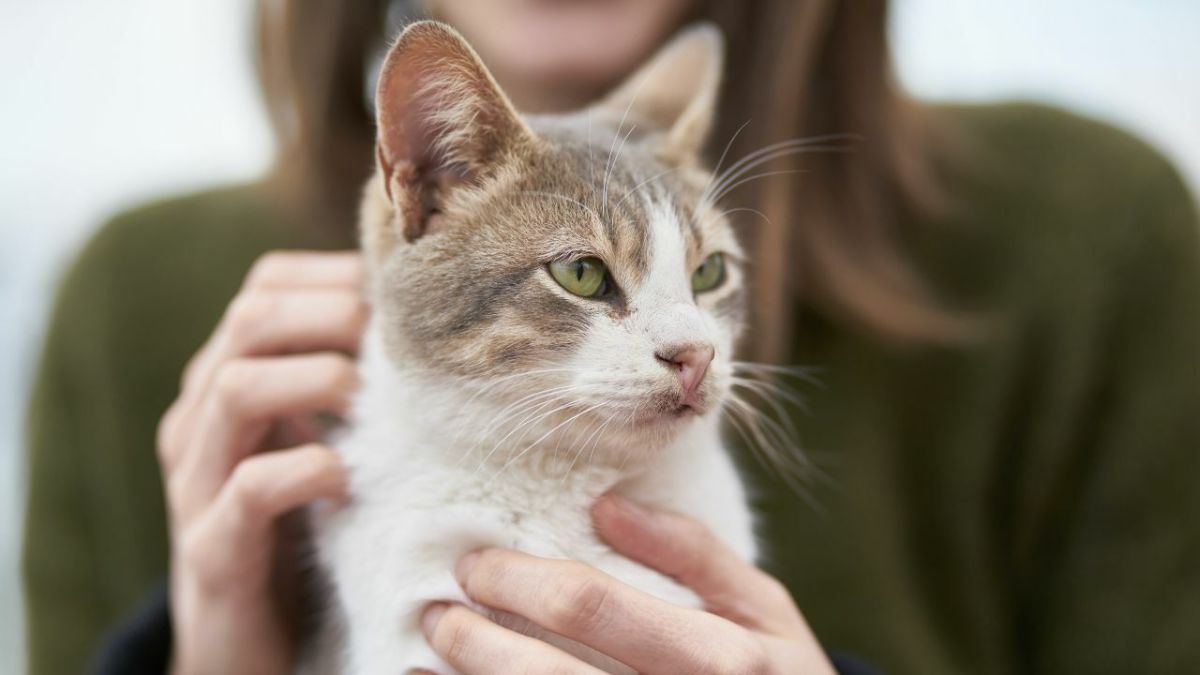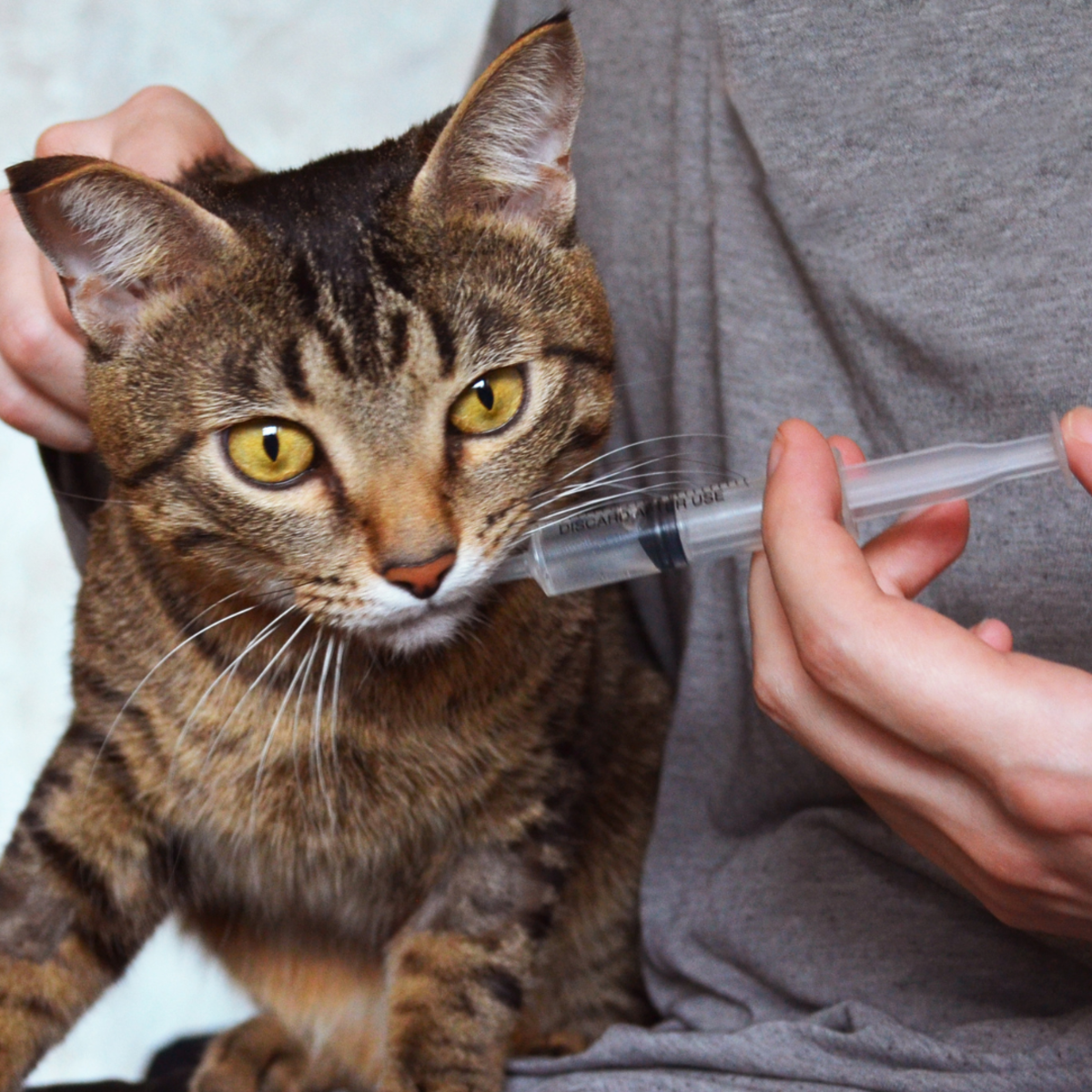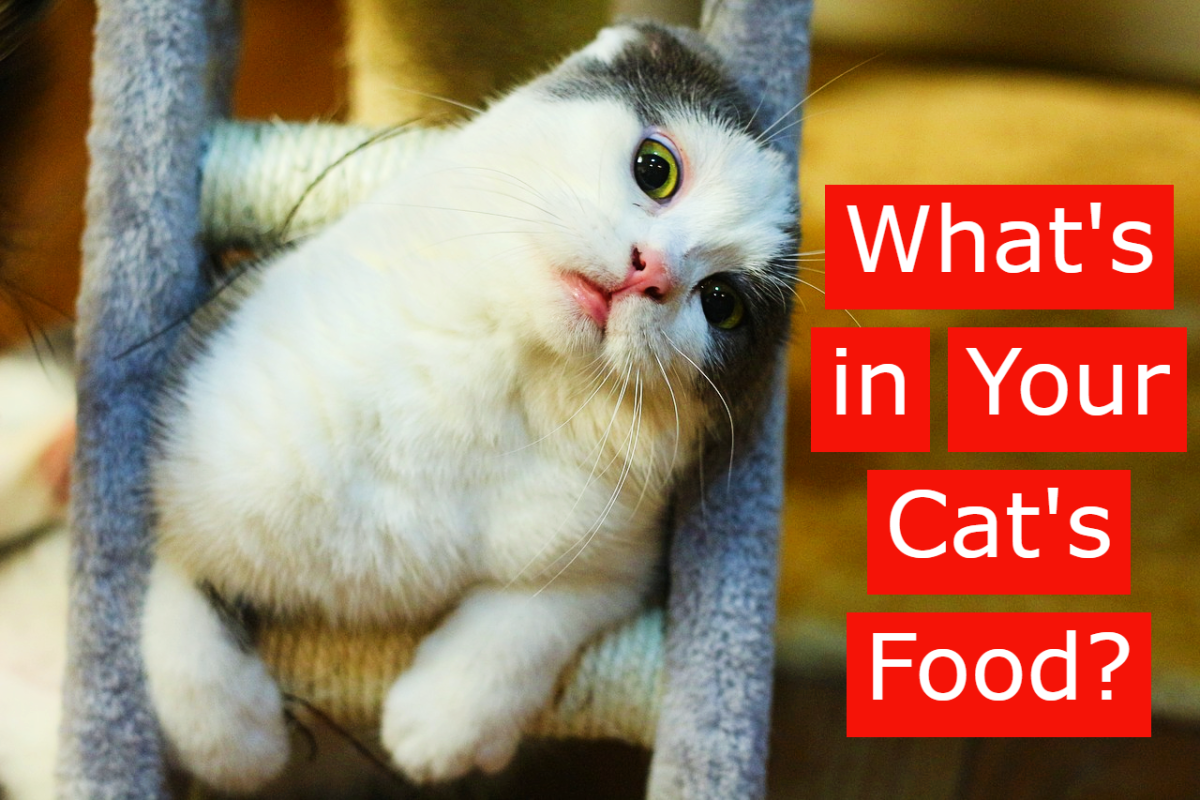Cat Diet and the Finicky Cat
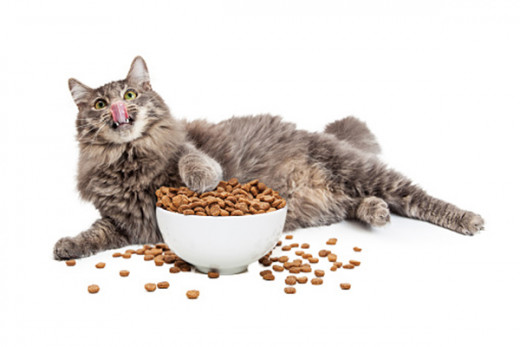
Cat diet and the nutrition of cats has received a great deal of interest in recent years and some of the large manufacturers have conducted extensive research and feeding trials in order to establish nutritious diets that need no supplementation. Federal laws require all cat food manufacturers to provide a list of ingredients according to the amounts contained within the rations. Ingredients are listed according to the amount: the greatest amount first, the least amount last. However, there is a problem with this, because the required labels do not contain enough information for you to compare one cat food with another. A good indication of quality is a statement on the label that the diet has been found adequate by the Association of American Feed Control Officials (AAFCO).
When choosing a cat food it is important to determine whether it has been formulated to meet all the daily protein, fat, vitamin, and mineral requirements of your cat. The best way to determine this is to look at the label and see if it says "complete, balanced, perfect or scientific". If it does not, then you can assume it is not a complete diet. It should be used only as a treat, occasionally.
A complete cat diet however is always challenged by the finicky cat. Due to this frequent stubborn behavior, most owners assume that their felines will eventually eat a nutritionally balanced diet if given a variety of foods from which to choose. This is a fictitious fact. Most cats would rather starve than eat a product no matter how nutritious it is if they find it unappetizing.
In the general cat population, the preferred food of choice is meat, especially if it's raw. In the wild, mice are the primary food of cats. Many cats develop a liking for the liver, however, large amounts should not be given, due to the high concentration of vitamin A. This could produce vitamin A toxicity. Similarly, raw fish and raw eggs should not be given in excess. Both contain anti-vitamin factors which could produce a lethal deficiency.
Meat alone is not a complete diet. If you primarily feed your cat meat, your cat will develop a preference and stop eating anything else.
Many cats enjoy milk, but the amount they can consume without experiencing diarrhea depends upon the individual. Milk or canned food should not sit out more than two hours, because of the danger of spoiling.
Food preferences are mostly established before a cat is six months old. Accordingly, if you want your cat to be interested in a variety of foods, you should introduce him to them early in life. Although many cat experts advocate feeding a variety of foods to kittens and older cats, it may be better to introduce two or three nutritionally complete rations and stick with them. There is no reason why a cat should not develop a preference for a particular product, so long as it is nutritionally complete. A problem can present itself when a cat develops a preference for a portion of food that is not a complete diet. This will happen when an owner over supplements an already complete diet with a highly palatable item such as liver, kidney, milk, eggs, or chicken. The cat then develops a preference for the item and refuses to eat the complete diet.
In many feline illnesses, the first indication you will have that your cat is not well is when he stops eating. If he has been spoiled and will not eat his base diet, then you can't tell if his refusal to eat is an indication of ill-health or just an expression of food preference.
A good cat diet needs to be maintained for the best health of your pet and the common errors of feeding need to be avoided. The most common of these is overfeeding. If you think your cat may be overweight determine his ideal weight in proportion to his height and bone. There should be a layer of subcutaneous fat over the ribs, thick enough to provide some padding and insulation, but not too thick. You should be able to feel his ribs as individual structures. If your cat is overweight don't leave food out all day long. Decrease his ration by one-third. As he loses weight, weigh him from time to time until he achieves his ideal weight and then maintains it.
Kittens require about twice as much protein and 50 percent more calories per pound than adult cats. Kittens up to six months of age should be fed three times a day. As a rule, feed a kitten up to his appetite. The only thing to avoid is feeding too much. This will produce a loose stool, and an overweight kitten is in danger of developing structural defects.
Food preferences are normally established before a kitten is six months old. For this reason, it is important to accustom your kitten to a nutritionally complete diet at an early age. You should select two or three products that fulfill these requirements and then use them interchangeably. By getting your young feline in the habit of eating only nutritionally balanced products, you avoid the problem of the finicky eater down the road.
References: The Cat Owner's Home Veterinary Handbook by Delbert G. Carlson, D.V.M and James M. Giffin, M.D.
The Cat Owner's Home Veterinary Handbook
Cat Problems and Answers
- Is Your Vomiting Cat Sick?
It is a fact that cats vomit more easily than most other animals and frequently this action represents a flushing out of toxins from the body rather than an imminent illness.
Cat Health Problems
- Cat Health Problems
Common cat health problems range from simple inconveniences to life-threatening accidents and illnesses. If you notice any unusual behavior in your cat or kitten (especially things like not eating, constipation, lethargy, or a dull coat), you should
